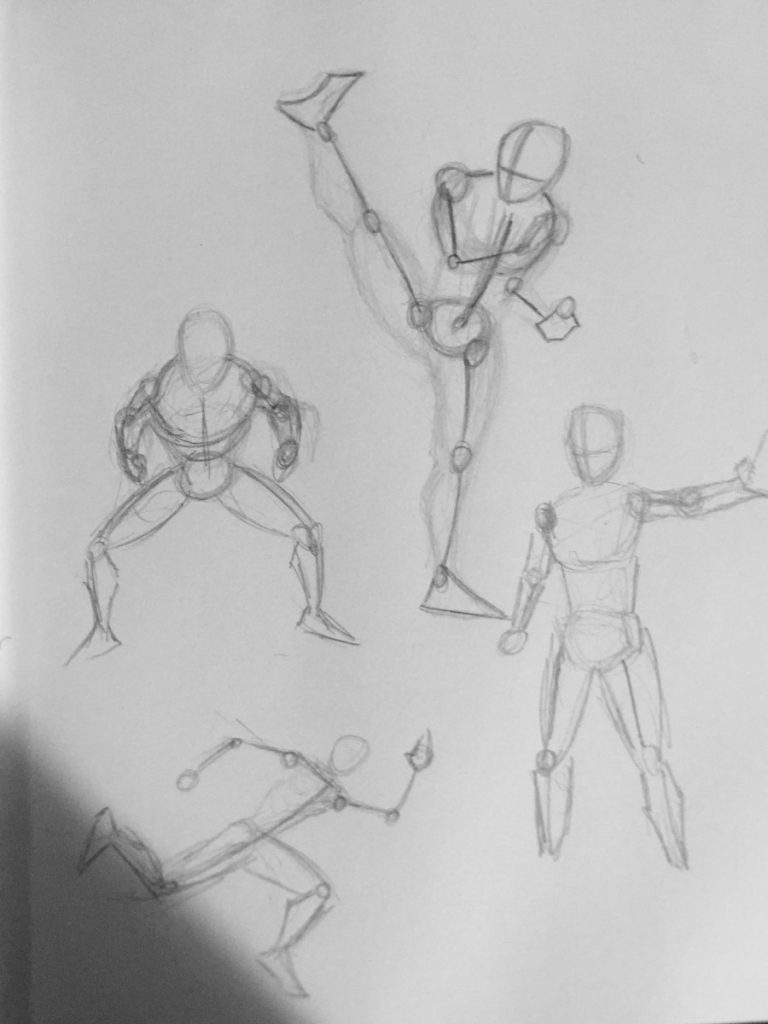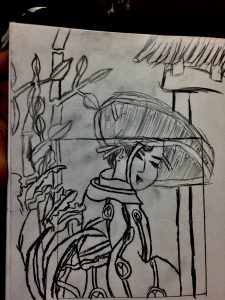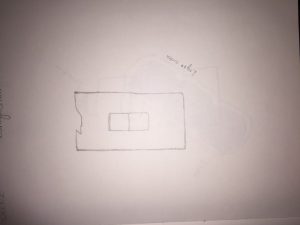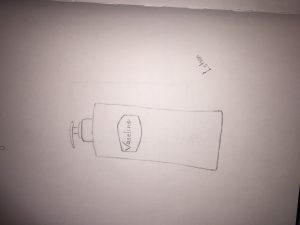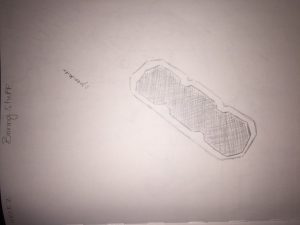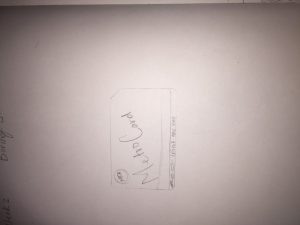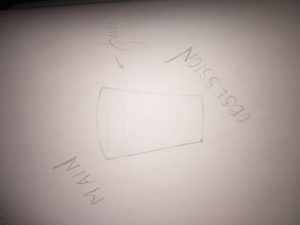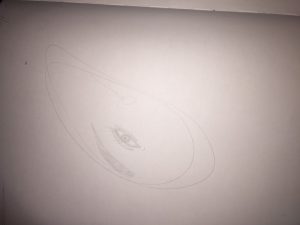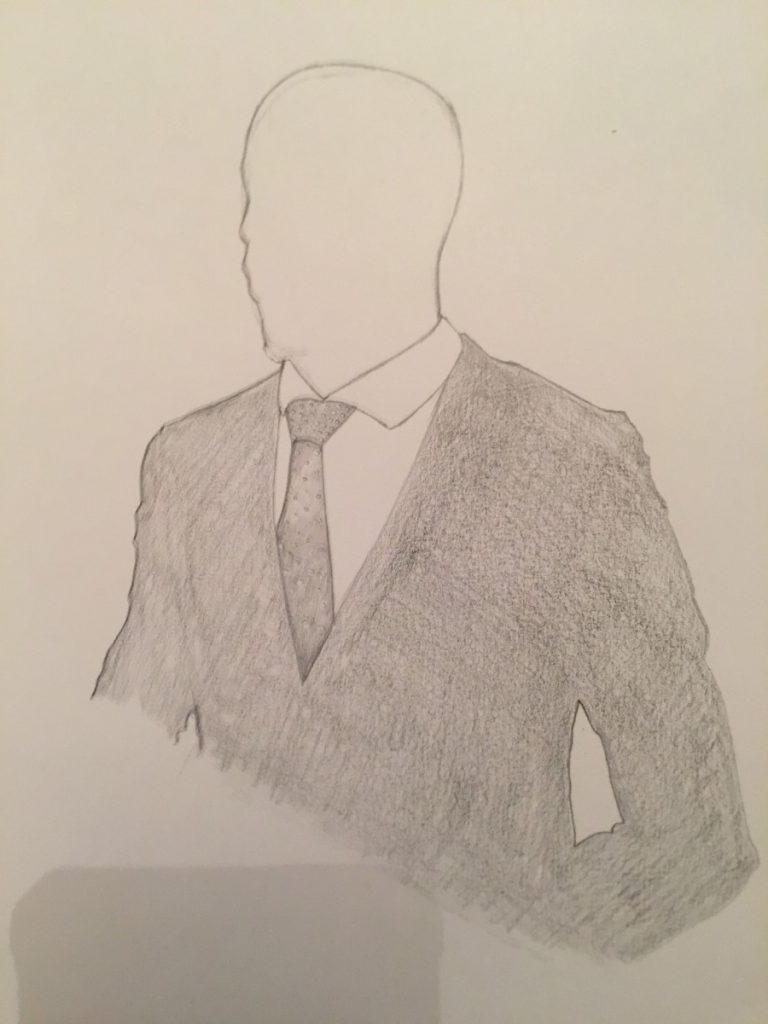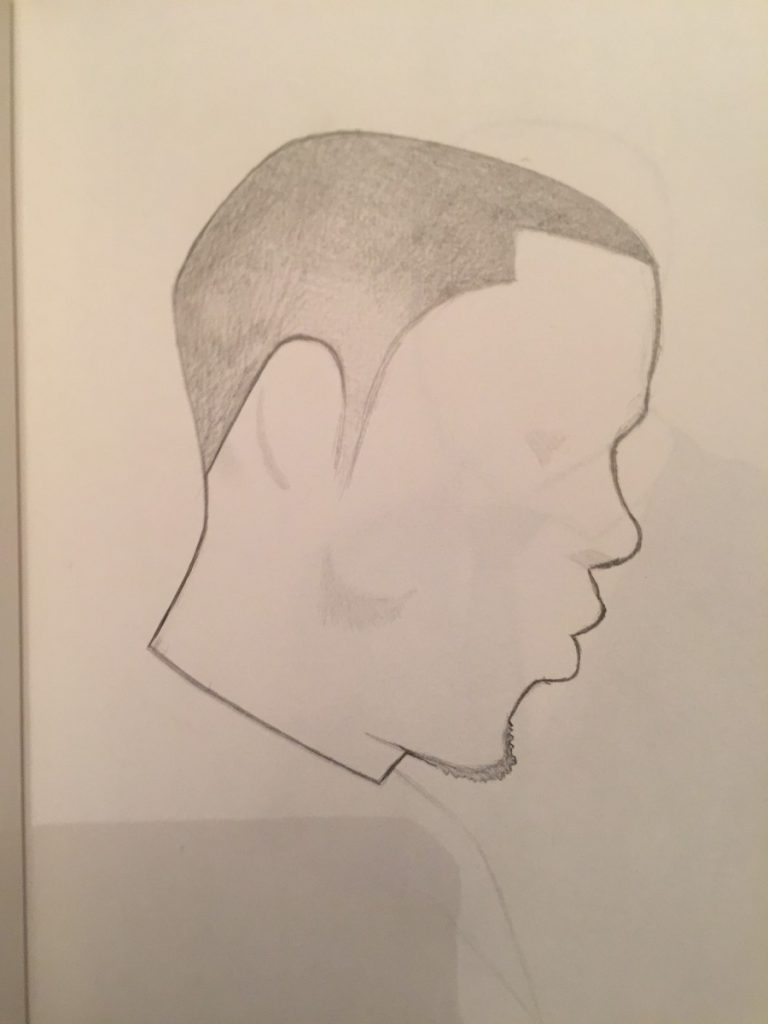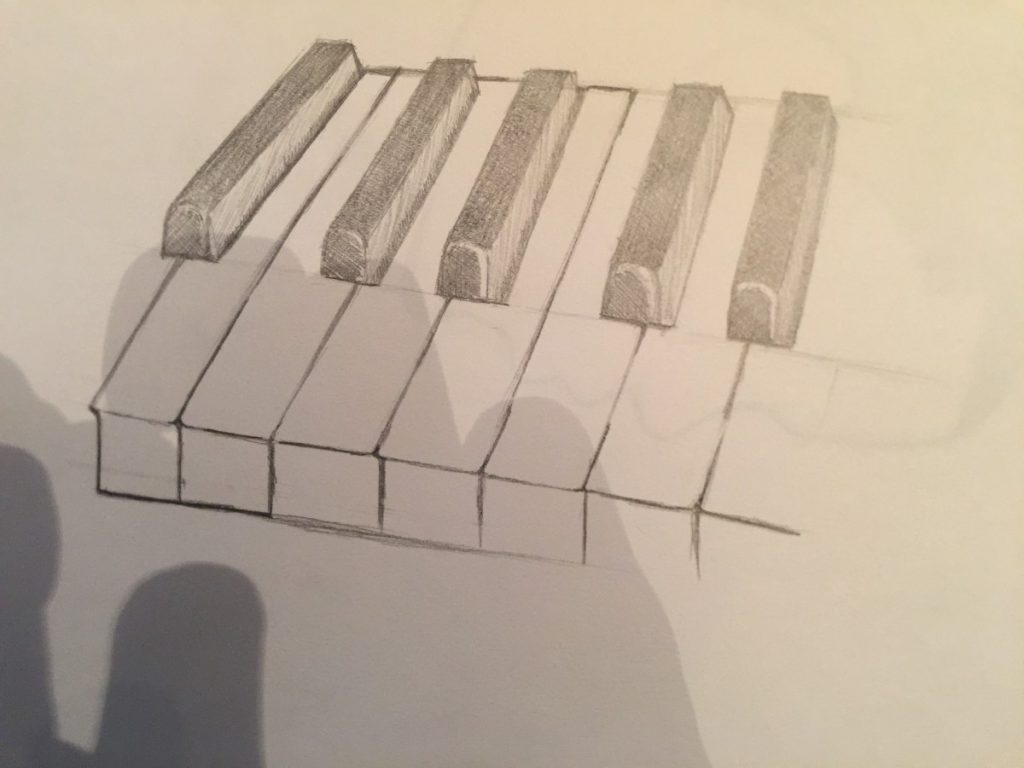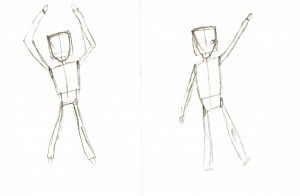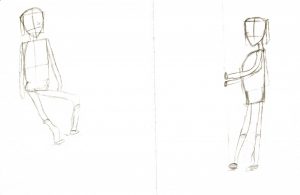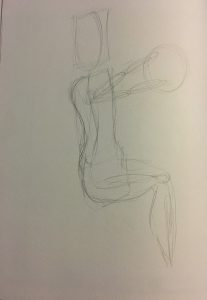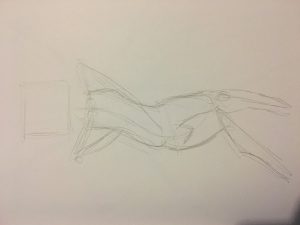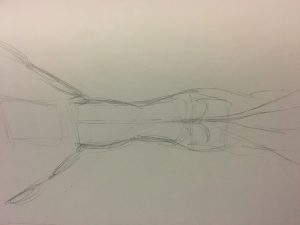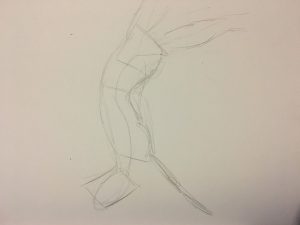Egon Schiele created portraits of people who showed different types of emotions. A lot of his work included expressionism and human sexuality. Egon was interested in becoming an artist ever since he was a kid. His father wanted him to become an engineer because he drew and loved trains. His parents burned many of his sketchbooks since they wanted him to focus more on becoming an engineer, but Egon wasn’t interested in engineering as he was into art. He went into the Academy of Fine Arts in 1906. He thought the academy instructors were focused more on academics, than art itself. So he and a few other students created a group called “Neukunstgruppe” which translates to “Group for New Art.”
Egon was influenced by artists, Gustav Kilmt and Van Gogh. He admired their work and would later incorporate his own style of art. He continued to make his own work by focusing on human sexuality and expressionism. Many of his experiences in life influenced his work in expressionism. When he married a woman named Edith Harms, he wanted to draw more females. He wanted female models to express their personalities in his portraits.
One work of his that I found interesting was “Sunflowers”. I usually see flowers in art as pretty and colorful, but this painting wasn’t about flowers looking pretty. Instead, it shows flowers in a dying state. The colors give it a more natural look of a how a flower or leaf is supposed to look when they are dying, which is usually a dark yellow or dark brown color. He wanted to show that all living things in life decompose, so flowers and leaves are apart of decomposing after they are dead.
What I found interesting about Egon Schiele is that he had a characteristic that was daring. He didn’t want to do what his parents told him to do, which was to be a train engineer. Instead he chose to do something that he was passionate about and that was art. The feelings he had through out his life, showed what he was hiding in his drawings. His artwork wasn’t always about beauty, but more about naturalness, honesty and hidden emotions.

